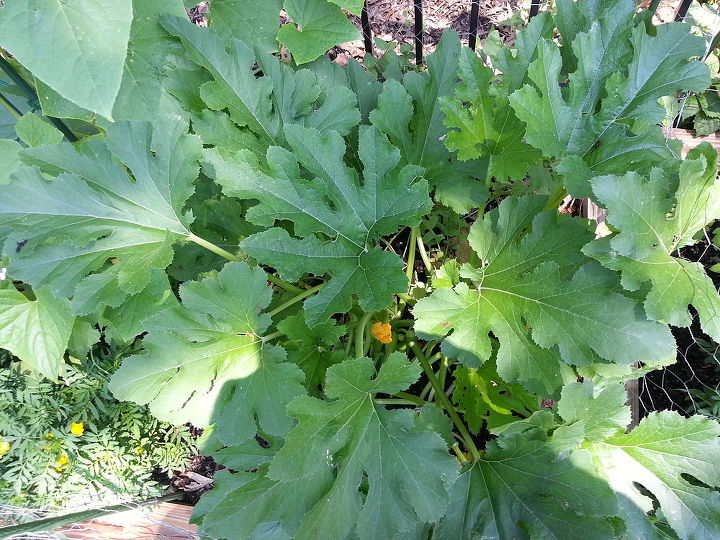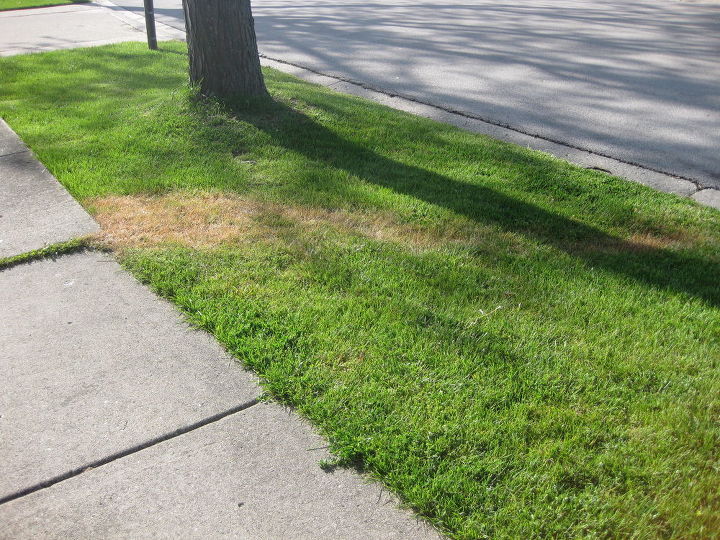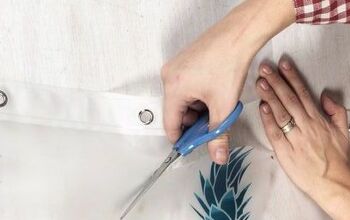Why are my asparugus only producing long ferns?
Related Discussions
GNATS - How to get rid of them?
Somehow my house and garden got tiny gnats that killed my fuchsia plant and fly everywhere. I have tried ALL the Web recommendations - soap and oil dishes, sand in th... See more
Marigolds growing! Should I pinch the buds?
My marigold plants are growing. I heard that pinching the buds until Autumn will allow them to grow without killing the plant. Is this true?
Growing garlic
Growing our first garlic, should we wait until the leaves are drying out before we pick it? Husband picked first one today along with our first potatoes.
How to keep mice out of your garden?
Hi everyone, I have mice in my garden destroying my vegetables and I have also noticed them in the barn and shed. Please can someone tell me how to prevent them from ... See more
What's the best flower/plant to grow in Texas?
I know that opinions vary, but what's your opinion?!I have great luck w Rosemary plants. Green all year long.
Squash Plants Large and Healthy and no Squash Growing?
2nd Season in a ROW! Squash plants growing large and healthy leaves and the stems near the roots are looking healthy and turning dark green, getting flowers that grow... See more
Trail of dead grass mystery?
Trail of dead grass appeared two weeks ago that starts in neighbor's yard and goes to the sidewalk, then continues past the sidewalk in a line into the grass into my ... See more





Sounds like you need to wait one more year.
Unlike most vegetables, asparagus plants are perennial, which means the same plants grow in your garden year after year. The spears that we enjoy as a vegetable are the new shoots that emerge in spring. The most important part of growing asparagus is to realize that it will take a couple of seasons before you taste the first bite of homegrown asparagus. Plants need to be allowed to mature before you can harvest. They will remain in the same place in your garden for many years—15, 20, sometimes 30. In fact, a productive asparagus bed is a good reason to renovate your house, rather than move!
Asparagus can be grown in most parts of the country, but does especially well in cooler regions with longer, colder winters. These periods of dormancy allow asparagus stalks to grow more robustly in the spring than they do in warmer regions with milder winters.
How much your family enjoys asparagus determines how many plants you will need. A good start is 10 plants for each person. If it is a family favorite or you plan to freeze some for later, you will need more.
Soil, Planting, and Care
Asparagus should be grown in a dedicated bed where it can come back year after year and where weed competition will be low. This bed is sown in late summer.
The key to growing asparagus is to have healthy, vigorous plants that produce a lot of spears. Choose a sunny, well-drained site on the edge of your garden where it will not be disturbed by the activity of planting and re-planting other areas.
Planting asparagus is like preparing for a trip. Careful preparation makes the journey easier. It is the same with asparagus. Before you buy the plants, you need a prepared bed. Hopefully this is the only time you’ll plant asparagus. How well you prepare the bed determines the vigor of your asparagus patch for years to come.
Space plants 12 to 18 inches apart. If there are tenacious weeds or grass, treat with an herbicide for use with food crops, or cover the area with black plastic during the summer before planting to eliminate problems in the future.
After the spring harvest, asparagus plants grow tall with beautiful fern-like foliage through summer. In early fall, they begin to die back.
In autumn, prepare the soil by placing at least 3 inches of organic matter on each row. Use organic matter such as composted manures, leaf mold, anything you can use to create a rich bed. Till it in. Have your soil tested and amend it with lime if the pH is below 6.0 to 6.5. Add any other nutrients as recommended on test results. Mulch for the winter, or grow a cool season cover crop that can be turned under before planting in spring.
In spring after danger of frost has passed, dig a depression 6 to 8 inches deep running the length of the row, mounding the amended soil on each side for later use. Set seedlings into lowest part of the depression, planting about 2 inches deeper than they were originally growing. Space plants 12 to 18 inches apart.
Feed plants with Bonnie Herb & Vegetable Plant Food at planting and twice a week through the summer as directed on the label. This will give plants the best growth possible during their first season.
As plants grow taller, rake a little of the soil on the edge of the row into the depression where plants are growing. Soon the bed will be level. Mulch to prevent weeds.
Then all you need to do is be patient. The ideal is to wait at least 2 seasons and probably 3 before harvesting. It may be hard to resist tasting the first spears to emerge, but go easy on the plants until they mature. You’ll be rewarded in the long run!
Troubleshooting
Asparagus is dolicious, meaning it has male and female plants. Female plants produce seeds—the little red berries - that can reduce the yield of the plant, as energy is put into seed production instead of back into the root system.
Bent spears are caused by insects feeding or damage from cutting adjacent stalks. The damaged stalk grows normally on the side away from the wound, causing the spear to bend.
A well-drained bed will have minimal disease problems. Black and red asparagus beetles can be a challenge, damaging the foliage and weakening the roots. Usually you can control them with hand picking. Just drop them into a bucket of soapy water.
http://luckypeach.com/everything-you-always-wanted-to-know-about-growing-asparagus/
http://homeguides.sfgate.com/asparagus-looks-like-fern-should-do-85012.html
IT TAKES ASPARAGUS 3 YEARS BEFORE IT IS READY TO EAT. BEST NOT TO PICK, LET THE SEEDS DROP AND WAIT ANOTHER YEAR.